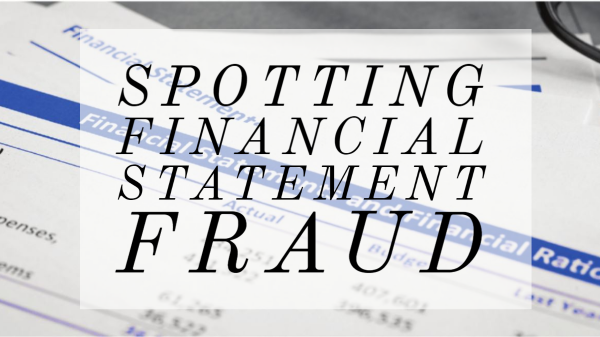Fortunately for those seeking to uncover financial statement fraud, whether within their own company or in a potential partner, creditor, or debtor, there are a number of red flags.
Chuck Curl, director of regulatory, risk and compliance at RPE, Inc. BB #:105471 in Bancroft, WI, has learned many things to look out for when examining a financial statement.
“We start by doing a vertical analysis of the statement by reviewing the balance sheet, to evaluate the equity position of the company,” Curl explains. “We use the same approach when analyzing income statements to look at gross profitability and operating income.”
There are also accompanying questions: Is the company profitable, and has it maintained profitability over a long period of time? Has there been a marked degree of change in liability from one year to the next, or has there been a large, unaccounted-for shift in liquidity ratios?
Curl’s approach is in keeping with the advice given by industry experts for spotting financial statement fraud. Most fraud, no matter how clever or well concealed, is still likely to trigger a few red flags with a close reading of a company’s financial statements.
Among these red flags are unexplained jumps in revenue (substantial increases in profit should always be accompanied by a matching boost in cash flow; if cash flow has remained steady but revenue has jumped, this could be a warning sign) and major alterations to assets and liabilities (new assets or liabilities without an explanation or an accompanying capital expenditure plan might be concealing fraud at some level).
Another indicator are suspiciously large bonuses or loans, particularly in firms that do not regularly loan money or pay bonuses, where the presence of big payouts can be used to hide liability or conceal unaccounted-for income.
In addition, late-term spikes in earnings or revenue can be suspicious in companies with fairly steady patterns of income, if there’s a significant surge in earnings towards the end of the fiscal year, it might be worth taking a closer look.
Lastly, another possible red flag is little cash on hand—if a financial statement includes record profits, high valuations, or new revenue but very little cash on hand for bills and other expenditures, there may be a problem.
This is an excerpt from the Credit and Finance department feature in the July/August 2021 issue of Produce Blueprints Magazine. Click here to read the whole issue.



